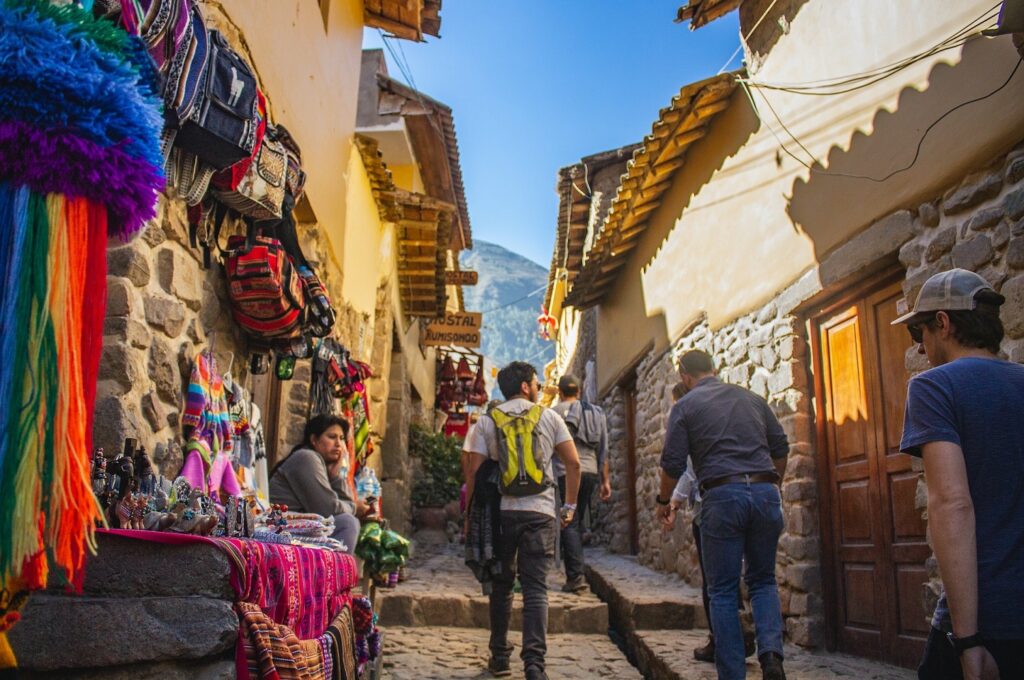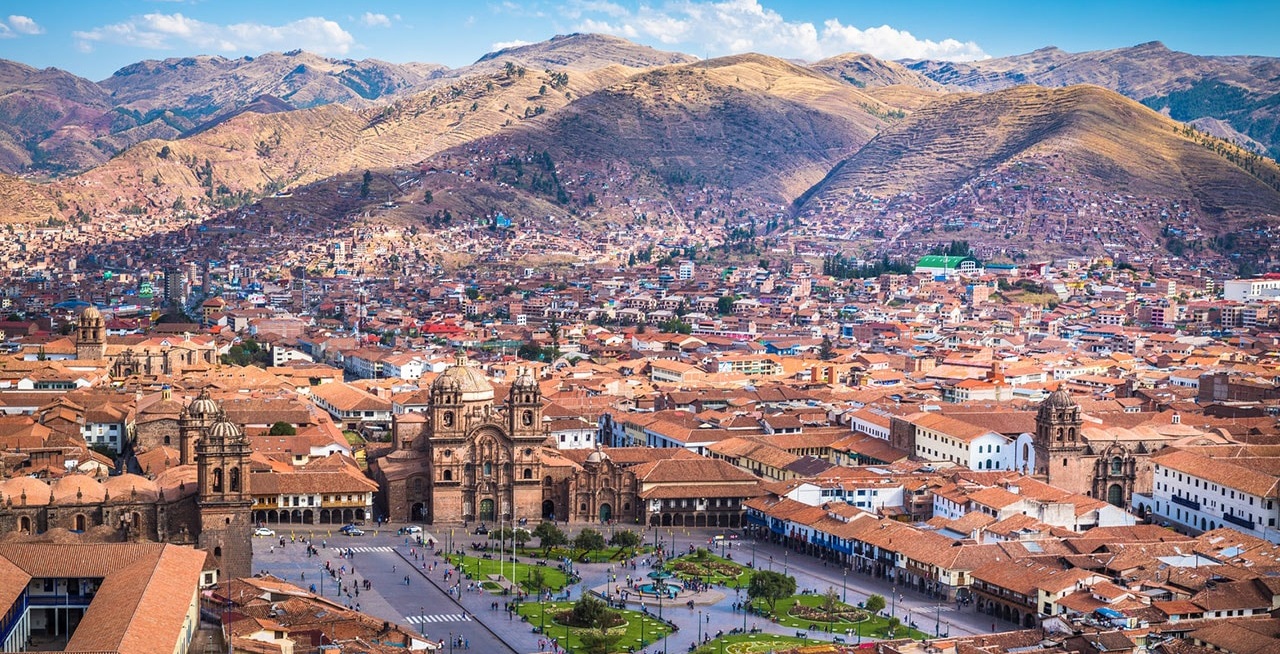(Cusco Travel Tips) – Altitude health tips for your adventure. How to prevent altitude sickness in Cusco and Machu Picchu.
Nestled high in the Andes Mountains of Peru, the ancient city of Cusco and the mystical Machu Picchu are bucket-list destinations for travelers worldwide. These breathtaking locations, however, come with a challenge that many visitors may not anticipate: high altitude. Cusco sits at an elevation of approximately 11,150 feet (3,400 meters), while Machu Picchu is slightly lower at around 7,972 feet (2,430 meters). Such altitudes can pose health risks for those who are unprepared, but with some knowledge and precautions, you can make the most of your journey while staying safe and healthy. How to prevent altitude sickness in Cusco and Machu Picchu.

How can we help you in Cusco?
Altitude sickness in Cusco and Machu Picchu: How to prevent
Acclimatization is Key
One of the most critical factors in preventing altitude sickness is acclimatization. Give your body time to adjust to the reduced oxygen levels by taking it easy for the first few days of your trip. When you arrive in Cusco, avoid strenuous activities and allow yourself to rest. It’s essential to listen to your body and not push yourself too hard.
Stay Hydrated
High altitudes can lead to increased fluid loss through respiration and sweating. To combat this, drink plenty of water to stay hydrated. Avoid alcohol and caffeine, as they can contribute to dehydration. Herbal teas, such as coca tea, are popular remedies and can help alleviate altitude sickness symptoms.
Know the Symptoms
Familiarize yourself with the symptoms of altitude sickness, which can include headache, nausea, dizziness, shortness of breath, and fatigue. If you experience any of these symptoms, it’s crucial to address them promptly. Mild symptoms can often be managed by resting, hydrating, and using over-the-counter pain relievers. However, severe symptoms require immediate descent to lower altitudes.
Medications
Consult your doctor before your trip to discuss the use of altitude sickness medications, such as acetazolamide (Diamox). These medications can help prevent and alleviate symptoms, especially if you have a history of altitude sickness or are concerned about your susceptibility.
Diet Matters
Opt for light, easily digestible meals, and avoid heavy, greasy, or spicy foods that can exacerbate any feelings of nausea or discomfort. A balanced diet can contribute to your overall well-being at high altitudes.
Rest and Sleep to avid Altitude sickness in Cusco
Make sure you get enough rest and sleep during your trip. Adequate sleep helps your body adapt to the altitude more effectively, so prioritize it, especially during the initial days of your stay.
Dress in Layers
The Andean weather can be quite unpredictable, with temperature fluctuations throughout the day. Dress in layers to adjust to changing conditions. Don’t forget to pack sunscreen with a high SPF and sunglasses to protect your skin and eyes from the increased UV radiation at higher altitudes.
Limit Alcohol and Avoid Smoking
Both alcohol and smoking can exacerbate altitude sickness symptoms. Limit alcohol consumption during your trip and avoid smoking altogether.
Engage with Locals
The local people of Cusco have generations of experience living at high altitudes. Don’t hesitate to ask for their advice and recommendations. They may share valuable insights into coping with the altitude.
Emergency Preparedness
Before your trip, familiarize yourself with the location of the nearest medical facilities and have an emergency contact number on hand. While altitude sickness is usually mild and can be managed with rest and hydration, it’s essential to be prepared for any medical emergencies.
Conclusions: Altitude sickness in Cusco and Machu Picchu
In conclusion, a journey to Cusco and Machu Picchu is an unforgettable experience, but it’s essential to prioritize your health and safety while navigating the high altitudes. With proper acclimatization, hydration, awareness of symptoms, and some common-sense precautions, you can fully enjoy the wonders of these extraordinary destinations while minimizing the risks associated with high altitudes. Prepare well, stay safe, and savor every moment of your adventure in the Andes.
You might be interested in:

